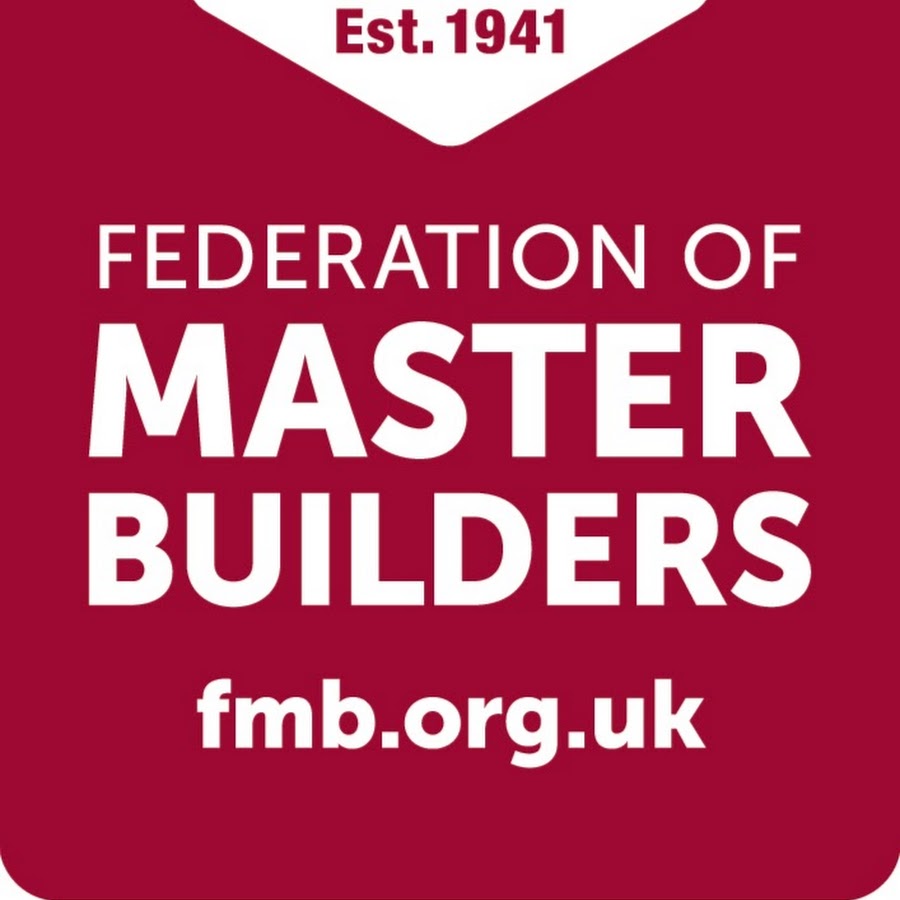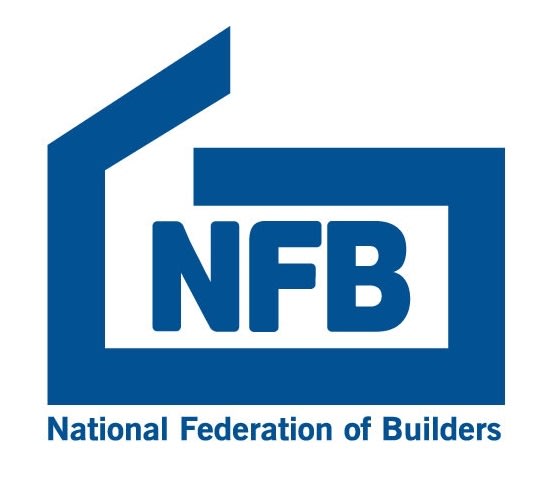We had an excellent Summit on the 18th November in Birmingham
Please CLICK HERE to view or download the speaker presentations from the event



ACHIEVING carbon net zero, building safety and collaborative decision making are some of the key topics on the agenda at the upcoming CE Midlands Construction Summit.
Leaders from the Midlands construction community will congregate in Birmingham for the event to discuss the industry’s biggest topics of conversation at the 2021 edition of the event. Organised by industry collaboration organisation Constructing Excellence Midlands, the Construction Summit – which takes place on 18 November at the Birmingham Conference and Events Centre – includes speaking representatives from the BSF Charter, Construction and BIM4 Housing, among other organisations.
The programme will offer attendees opportunities to gain insight from construction giants and dissect and discuss emerging issues in the industry, including the Building Safety Charter, CLC CO2nstruct Zero, Value Toolkit and building greener, smarter and safer as speaking topics – particularly of relevance with the event following COP26. Andrew Carpenter, chief executive of Constructing Excellence Midlands, said: “As one of the biggest polluters on the planet, the construction industry stands at crossroads. The current climate crisis is obviously a huge topic of conversation with industry and world leaders alike, and it will naturally form a key part of discussion at this event.
“We’re thrilled to have secured another stellar line-up for our upcoming Construction Summit, which promises to be a captivating event for the industry professionals in the Midlands.”
“In particular, this will be a welcome return for in-person construction events and a turning point for networking in construction as we continue to push the importance of cross-sector collaboration for overall industry progression.”
Members and non-members of Constructing Excellence Midlands eligible to attend the event. To register to attend the CE Midlands Construction Summit, click here.
The construction market is supposedly booming since COVID-19 restrictions were lifted, but is suffering shortages of labour and material, and increased prices of materials, against tight margins with tight deliverable dates (and the linked risk of non-payment / claims for contract breaches). The risk of overtrading is increasing and we predict that this, coupled with the release of the current restrictions on creditor action, will create a rise in insolvencies in the sector.
4 November
24 November
8 December
19 January 2022
9 February 2022
Avoiding insolvency in the construction industry – Dealing with the insolvency process (shma.co.uk)
Last month, Martyn Jones sought to define what we mean by innovation. This month he turns to the leadership and management of innovation processes.
The many challenges associated with innovation requires leaders and managers to combine resources in different business and organisational contexts that require different processes.
As shown in the above diagram, there are five broad types of contexts and processes that we can use to create, deliver and sustain innovation, each requiring different underlying management and – given the scale of the challenges we currently face – transformational leadership capabilities and behaviours.
Innovative organisations use most if not all of these types of processes in creative combinations. Let’s examine each in outline.
Research and development (R&D) processes: These processes use science, research, new technologies and organisational structures and behaviours as a stimulus to innovate. There’s currently much reliance on this approach to deal with the challenges posed by the pandemic and climate change, “We are following the science” is the often-repeated mantra by Government.
Key leadership/management capabilities and behaviours: Selecting and conducting R&D and technology projects and applying and sustaining the outcomes.
Market-facing processes: The processes in this category begin with understanding the nature of market demand and organising resources in response to exploit and indeed shape emerging market opportunities.
Key leadership/management capabilities and behaviours: Collecting, analysing and responding to information about markets, end users and clients, coupled with the capacity to make decisions on when to create and lead markets ahead of demand.
Internal coupling: This is about connecting the resources within an organisation to support creativity and generate innovative outcomes.
Key leadership/management capabilities and behaviours: Fostering communication and collaboration between the various contributors to support the realisation of innovative outcomes is critical. Alongside this is the unleashing the abilities of people to combine their deep expertise in particular areas with the capacity to work collaboratively and creatively across disciplines and departmental boundaries.
External collaboration: The processes associated with this approach take us very much into Constructing Excellence territory and the role of strategic inter-organisational partnerships. The challenge for leaders and managers is to connect their organisation with external partners as they search for, choose and implement innovations. This may include links with universities and research institutes. The collaboration can be sought with other companies working in similar markets and technologies, or indeed different markets and technological fields, and brought together in various forms of operating system or groupings and business models, An example is provided by the developing relationships between construction firms and sustainability experts, the role of the Construction Innovation Hub and our own Innovation and Sustainability Theme Group.
Key leadership/management capabilities and behaviours: The ability to formulate, implement and sustain shared strategies for innovation through integration and collaboration between creative organisations.
Future-ready processes: These prepare organisations for the future by building awareness of, and responsiveness to emerging techno-economic-social paradigms. This may involve a fundamental change in operating systems, business models, and regulations to exploit disruptive technologies and new forms of inter-organisational cooperation and competition.
Key leadership/management capabilities and behaviours: The management of less measurable intangibles, such as organisational culture and mindset, service orientation, entrepreneurial spirit, and the encouragement of experimentation, creativity and even playfulness.
CESW’s Thought Leadership Groups provide a fertile and supportive space for developing a better understanding of innovation and encouraging and supporting the underlying leadership and management that we need. I’ve already mentioned our Innovation & Sustainability Group but there’s also the Clients’ Group, SMART Construction, Procurement & Productivity, Quality & Compliance, and Health & Wellbeing. All representing areas of construction where innovations are very much needed if we are to deal with the array of challenges we face.
The CEM Board held its awayday on 29 September and resolved that our post- pandemic agenda should encapsulate:
- Safer buildings
- Greener buildings (net zero carbon)
- Smarter buildings (embracing cutting edge digital technologies)
Such priorities reflect the zeitgeist but I can’t help wondering whether they are deliverable within a dysfunctional procurement and delivery system.The hallmarks of such system,as we all know,are lowest price,fragmented and disintegrated inputs,and wholesale risk transfer.
The Constructing Excellence movement was built on driving radical change around the concepts of collaboration and integration.
The recent CEM Awards gave a clutch of prizes to two projects which had piloted insurance-backed alliancing(IBA).These were the Derby silk museum and a second pilot project at Dudley College.Both projects ticked all the boxes as far as the above list is concerned.
IBA is about drawing together all the key elements of the delivery team to work with the client in devising the best for project solutions that will effectively and efficiently realise the client’s clearly articulated expectations.This alliance of client,consultants,contractors and specialists works together on a no-blame basis to manage risk and agree a cost plan.The cost plan is than insured against overruns provided that independent
technical and financial risk assurers have satisfied the insurer that project-related risks have been robustly managed.Also a 12-year no-fault latent defects cover is put in place.
The first pilot IBA project at Dudley College achieved over 6% efficiency savings on project costs,a shortened delivery period and zero defects.An
energy performance certificate A was given.In fact there has been a 50% saving in energy running costs over the 3 years since completion of the building as compared to a similar building on the site.There are still zero defects and no operational or performance problems.
Not surprisingly this project won the first prize in the 2018 Constructing Excellence National Awards for collaborative and integrated delivery.
Further information on IBA is available in a CE publication issued over 3 years ago.
We should be using every opportunity to promote IBA and invite more projects to trial it.Safer,greener and smarter buildings will then become more achievable.
















